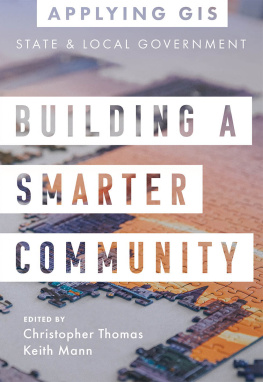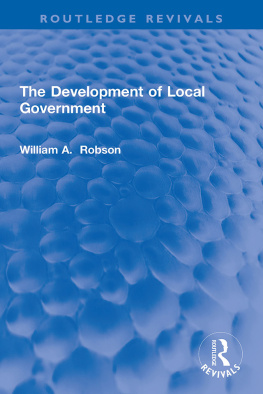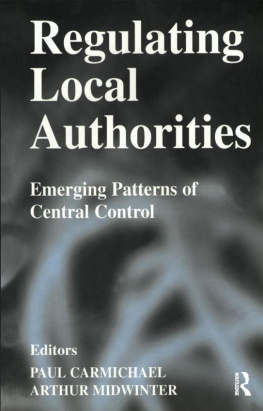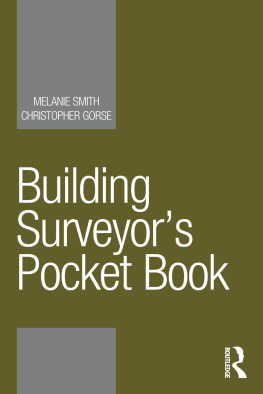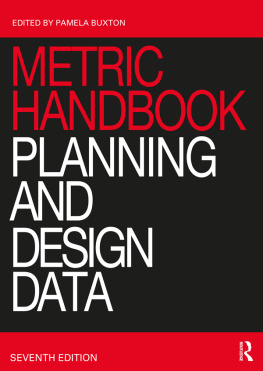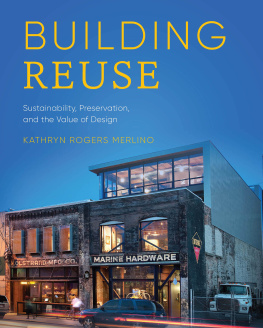First published in 1961 by George Allen & Unwin Ltd
This edition first published in 2021
by Routledge
2 Park Square, Milton Park, Abingdon, Oxon OX14 4RN
and by Routledge
52 Vanderbilt Avenue, New York, NY 10017
Routledge is an imprint of the Taylor & Francis Group, an informa business
1961 George Allen & Unwin Ltd
All rights reserved. No part of this book may be reprinted or reproduced or utilised in any form or by any electronic, mechanical, or other means, now known or hereafter invented, including photocopying and recording, or in any information storage or retrieval system, without permission in writing from the publishers.
Trademark notice: Product or corporate names may be trademarks or registered trademarks, and are used only for identification and explanation without intent to infringe.
British Library Cataloguing in Publication Data
A catalogue record for this book is available from the British Library
ISBN: 978-0-367-64519-9 (Set)
ISBN: 978-1-00-313856-3 (Set) (ebk)
ISBN: 978-0-367-68419-8 (Volume 12) (hbk)
ISBN: 978-1-00-313744-3 (Volume 12) (ebk)
Publishers Note
The publisher has gone to great lengths to ensure the quality of this reprint but points out that some imperfections in the original copies may be apparent.
Disclaimer
The publisher has made every effort to trace copyright holders and would welcome correspondence from those they have been unable to trace.
FIRST PUBLISHED IN 1961
This book is copyright under the Berne Convention. Apart from any fair dealing for the purposes of private study, research, criticism or review, as permitted under the Copyright Act, 1956, no portion may be reproduced by any process with-out written permission. Inquiries should be made to the publishers.
George Allen & Unwin Ltd, 1961
PRINTED IN GREAT BRITAIN
in II point Baskerville type
BY SIMSON SHAND LTD
LONDON, HERTFORD AND HARLOW
Royal Institute of Public Administration
Members of the Steering Committee
Chairman*
G. F. DARLOW, C.B.E.
Town Clerk, Reading
Members
R. M. BELL, Chairman, Bell Houses Ltd
RONALD BRADBURY, City Architect and Director of Housing, Liverpool
F. J. BRADSHAW, Borough Treasurer, Ipswich
K. A. L. BROWN, Alderman, Bristol City Council
K. C. COHEN, Chairman, Housing Committee, Leeds City Council
CLIFFORD CULPIN, C.B.E., Chartered Architect
C. T. EVERY, C.B.E., Chartered Quantity Surveyor
W. G. FISKE, C.B.E., Chairman, Housing Committee, London County Council
W. H. GIMSON, O.B.E., Engineer and Surveyor, Woolwich
H.O. HAWKINS, Clerk, Chesterfield Rural District Council
J. P. MACEY, Housing Manager, Birmingham
N. MOON, D.L., Clerk, Hertfordshire County Council
W. E. PHILP, Director, Metropolitan Estate & Property Corporation Ltd
A. W. R. WEBB, Engineer and Surveyor, Harlow Urban District Council
Research Officer
ELIZABETH LAYTON
* There was a change of chairmanship during the course of the enquiry. Mr W. E. Adams, C.B.E., formerly General Manager, Harlow Development Corporation, was Chairman from September 1957 to December 1958, but was obliged to resign on taking up an appointment abroad. Mr G. F. Darlow, who was already a member of the Committee, became Chairman in January 1959.
IN 1952 the Royal Institute of Public Administration decided to undertake a series of major research projects on subjects of current importance to the public services. Building by Local Authorities is the fourth in that series.
This subject was chosen because of the major responsibility placed upon local authorities since the war for the provision of housing, and the large number of schools they have been called upon to construct in recent years. Indeed, during the last fifteen years local authorities have spent many millions of pounds a year on new buildings and, as the countrys largest property-owners, they are now faced with maintenance problems of unusual magnitude. The salient questions which the Institute thought worthy of study were how various local authorities organized themselves to discharge these responsibilities, and whether there were opportunities to improve existing methods of organization and management.
The cost of this study was met by a grant from the Nuffield Foundation, and the Royal Institute of Public Administration wishes to record its warmest thanks to the Foundation for their generous support.
This study was undertaken by a full-time Research Officer, Mrs Elizabeth Layton, assisted by a study group. The members of the group are listed on a preceding page, and the Institute would like to emphasize the value of their contribution to this enterprise and to thank them for their expert assistance and unflagging interest over a period of two and a half years.
Mr Eric Adams, Managing Director, Dolphin Development & Management Co. Ltd., was Chairman of this group at the inception of the study, but midway through it he left this country to take up an appointment in Canada. He influenced to a considerable extent, however, the lines on which the study was developed, and its final shape and content owe much to him. He was succeeded by Mr G. F. Darlow, Town Clerk of Reading, who had been a member of the group, and who was kind enough to assume the additional burdens of Chairmanship despite the heavy obligations to which he was already committed.
Mrs Elizabeth Layton was responsible for the detailed investigations and for drafting the final report. The quality of the book which has resulted reflects in large measure the skill and energy which she devoted to her tasks, and the Institute considers itself most fortunate to have had her service and talents at its disposal.
The terms of reference for the study were as follows:
1. To investigate the basic forms of organization employed in local authorities of various types, populations and areas for:
(a) designing new buildings and securing their erection, and (b) maintaining existing buildings, by contract or by direct labour.
2. To pay regard in this investigation to the extent to which councils delegate authority to their committees and to their officers in these matters.
3. To examine the forms of organization used for building construction and maintenance by other public authorities and by privately-owned undertakings.
4. To consider how well the local authorities forms of organization meet present needs, and in what respects they might be improved.
The investigations were confined to England and Wales and the term building was not taken to include civil engineering activities such as sewerage and water supply. Some preliminary enquiries were made into the methods used by various large private enterprises and by other kinds of public authority, but it appeared that the kind of buildings concerned and the type of operations did not generally provide conditions similar enough to those existing in local authorities to make comparisons fruitful.
Many of the enquiries were carried out by personal interview, and these were supplemented by correspondence and three different sets of questionnaires which were completed by some 65 authorities. The pages of the report show the large number of public officials and others who were consulted in the course of this enquiry. The Institute knows all too well how burdensome to busy people these demands for information and opinions can be. Much of the success of the enquiry is due to their willing response, for which the Institute is sincerely grateful.



